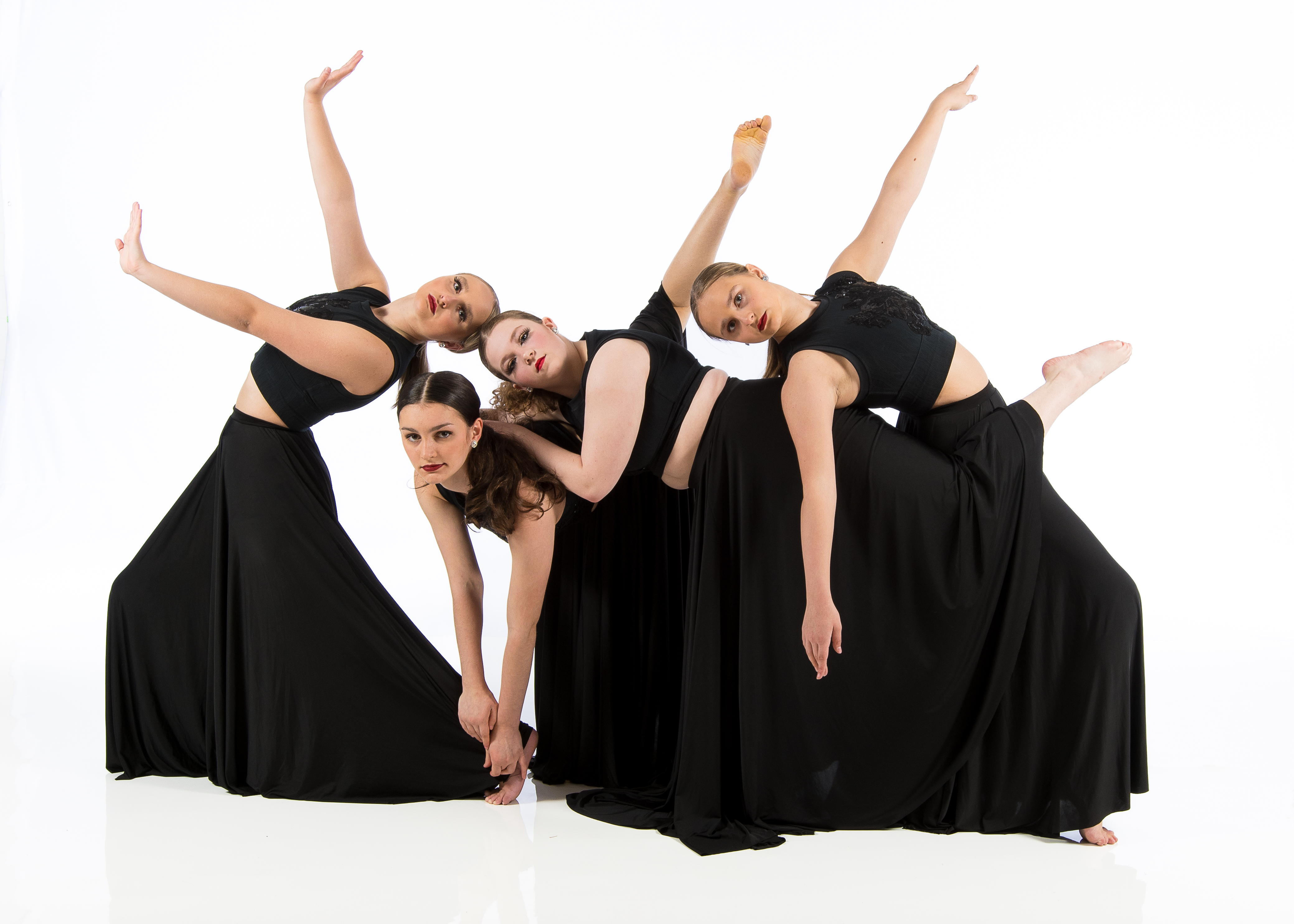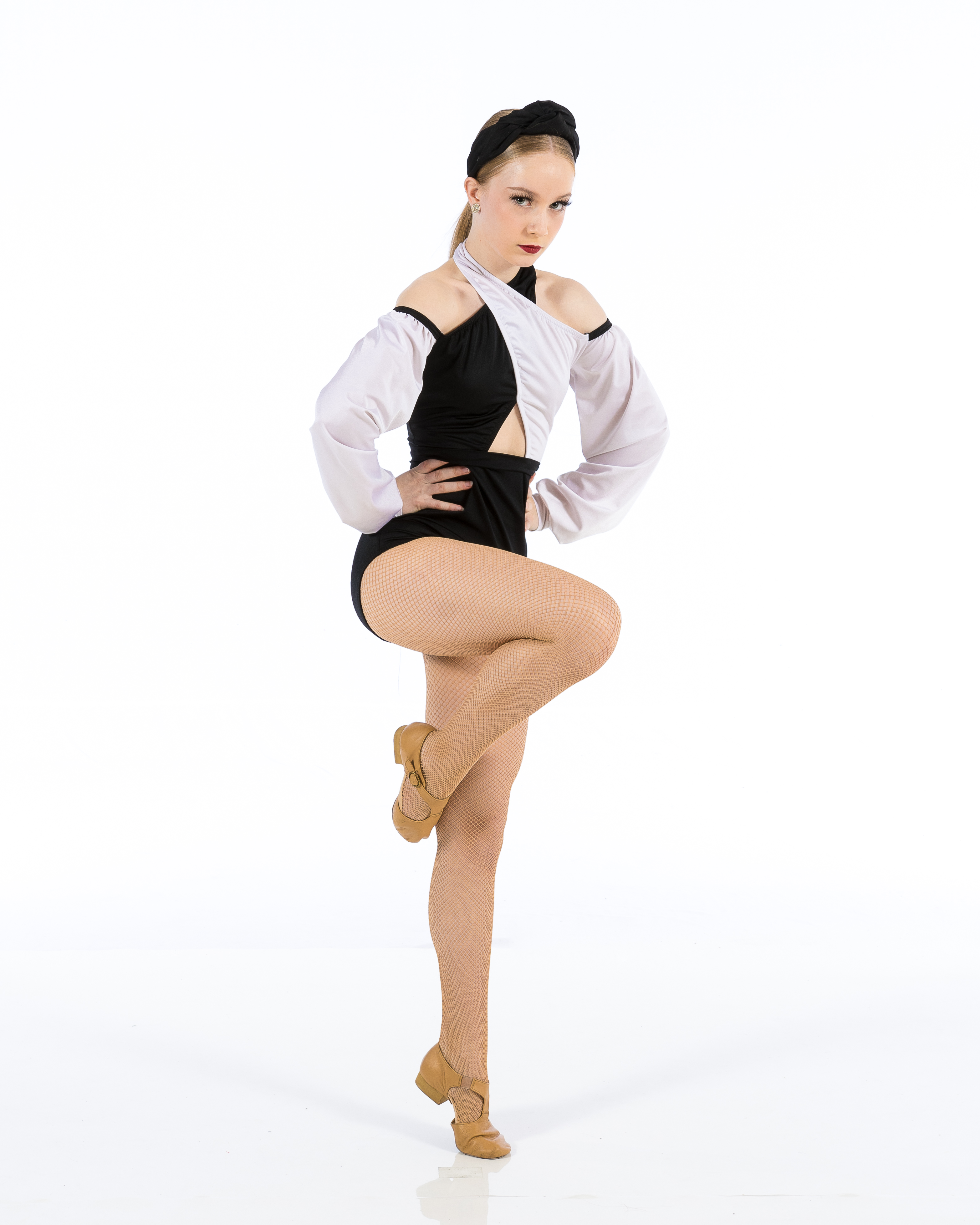Introduction
In the quaint town of Newberg, where the vineyards meet vibrant community spirit, dance isn't merely an art form—it's a profound avenue for children to express themselves. With a multitude of dance styles available, parents often find themselves pondering which ones will best ignite their child's passion for movement. Are you curious about how to unlock your child's potential through the power of dance? Well, you're in the right place!
In this extensive guide, we'll explore various dance styles suitable for children in Newberg, delve into their unique benefits, and provide insights into how they can foster growth in young dancers. So grab your jazz shoes and let’s get ready to pirouette into the world of rhythm!
Unlocking Potential: The Best Dance Styles for Children in Newberg
Dance is more than just a series of steps; it’s a journey that helps children develop physically, emotionally, and socially. By engaging in different dance styles, kids not only learn the art of movement but also cultivate discipline, confidence, and creativity. In Newberg, there are several popular dance styles that cater to varied interests and skill levels.
Exploring Different Dance Styles
Ballet: The Foundation of Dance
Ballet is often revered as the foundation for all dance styles. It emphasizes grace, precision, and discipline—qualities that benefit children both on-stage and off.

- Benefits: Enhances posture and flexibility Develops strength and coordination Instills discipline and focus
Parents often wonder: Is ballet suitable for all ages? Absolutely! Jazz Dance Styles in Wilsonville Many studios offer classes tailored from toddler to teen levels.
Tap Dance: Rhythm on Your Feet
If your child loves making noise (the good kind), tap dance could be their calling! This energetic style focuses on rhythm and sound produced by metal-tipped shoes striking the floor.
- Benefits: Improves rhythmic skills Encourages creativity through improvisation Develops musicality
Children often ask: Can tap be combined with other dance styles? Definitely! Many dancers blend tap with jazz or hip-hop for a unique flair.
Jazz Dance: A Fusion of Styles
Jazz embodies freedom and expression through dynamic movements. It's a vibrant style that combines elements from ballet, tap, and even African dance forms.
- Benefits: Boosts self-esteem through expressive movement Increases cardiovascular fitness Fuels creativity with diverse choreography
Curious about its history? Jazz originated in African American communities in the late 19th century but has evolved significantly since then.


Hip-Hop Dance: Urban Movement
Hip-hop is all about attitude! This contemporary style encourages individuality while improving strength and stamina.
- Benefits: Promotes self-expression through freestyle movements Enhances social interaction with group dances Increases agility and coordination
Many parents wonder: Is hip-hop suitable for younger kids? Yes! There are age-appropriate classes designed specifically for little ones.
Contemporary Dance: Blending Styles
Contemporary dance merges various techniques from ballet to jazz to create fluid movement patterns. It encourages emotional expression through storytelling.
- Benefits: Fosters creativity through improvisation Enhances physical fitness Develops emotional awareness
Wondering how it differs from modern dance? While modern focuses on structured movements rooted in technique, contemporary leans more towards personal expression.
Irish Dance: A Cultural Experience
Irish dance is characterized by rapid leg movements while the upper body remains mostly stationary—a fascinating sight!
- Benefits: Encourages cultural appreciation Builds endurance and coordination Teaches teamwork through group performances
Many may ask: Can Irish dancing be competitive? Yes! There are numerous competitions held locally and internationally.
Other Notable Dance Styles
While we’ve covered some key players in the dance arena, there are plenty more styles worth mentioning:
Ballroom Dancing
A classy way for kids to learn poise while partnering up!
Lyrical Dance
Perfectly combines ballet techniques with emotional expression—ideal for storytelling!
Musical Theatre
For those who love acting as much as dancing—this style brings stories to life!
Breakdancing
A street-style form that combines acrobatics with intricate footwork—perfect for energetic kids!
Choosing the Right Style for Your Child
Selecting the appropriate style can feel overwhelming—it’s crucial to consider your child’s personality and interests. Here are some questions that can help narrow down options:
Does your child prefer structured lessons or freeform fun? Are they drawn to classic forms or contemporary trends? How important is performance to them?By answering these questions honestly, you can steer your child toward a style they’ll enjoy—and thrive in!
Finding Quality Classes in Newberg
Once you’ve identified potential styles, it’s time to find quality classes! Here’s what you should look out for:
Qualified Instructors
Check if instructors have experience working with children—patience goes a long way!
Class Size
Smaller groups mean more individualized attention—a definite plus!
Curriculum Variety
Look for studios that offer exposure to multiple styles—a great way to keep things fresh!
The Importance of Performance Opportunities
One significant aspect of any dance journey is performance opportunities. Whether it's recitals or competitions, performing boosts confidence immensely!
- Why perform? It teaches goal-setting. It fosters stage presence. It allows children to showcase their hard work.
Encourage your child by attending performances together—you’ll create lasting memories while cheering them on!
What Parents Should Know About Commitment
Dance requires dedication. As tempting as it might be to jump from class to class based on fleeting interests, consistency provides stability and growth.
- Set realistic expectations regarding time commitment. Encourage practice at home but keep it enjoyable!
Remember—the goal isn’t perfection; it’s progress!
Supporting Your Child's Journey at Home
To further nurture their passion outside class hours:
Create a dedicated practice space at home. Encourage them to watch performances online. Attend local shows together—immersive experiences matter!FAQs About Children's Dance Styles
Here are some frequently asked questions parents have when considering children's dance:
Q1: What age should my child start dancing?
A1: Many studios offer classes as early as age two or three! Early exposure fosters love for movement without pressure.
Q2: How do I know if my child enjoys their chosen style?
A2: Look for enthusiasm during classes or after practicing at home—if they’re excited about showing you moves—they likely love it!
Q3: Are there scholarships available for advanced dancers?
A3: Yes! Many reputable studios offer scholarships based on talent or financial need—research local options thoroughly.
Q4: Is it common for kids to switch styles?
A4: Absolutely! As children grow, their interests may shift—encouraging exploration keeps things exciting.
Q5: Can boys participate equally in these dance styles?
A5: Yes! Dance is inclusive regardless of gender; many boys excel in various disciplines such as ballet or hip-hop.
Q6: Should I worry about injuries associated with dancing?
A6: Like any sport/activity, injuries can occur—but proper warm-ups/cool-downs reduce risks significantly; always consult instructors if concerns arise!
Conclusion
In conclusion, unlocking potential through diverse dance styles offers children invaluable life lessons wrapped up in joy-filled moments. From ballet's elegance to hip-hop's energy—the world of dance provides an array of opportunities waiting just outside your doorsteps here in Newberg!
So whether your little one dreams of performing on stage or simply wants an outlet for their energy—embracing any one (or more!) of these enchanting styles could lead them down paths filled with creativity, make lifelong friends along the way—and hey—they might just discover hidden talents too!